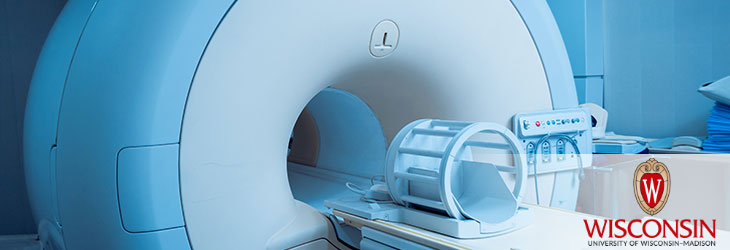Radiation Therapy

New Radiosurgery Collimator Salvages Scatter, Cuts Treatment Time
WARF: P140368US01
Inventors: Edward Bender, Andrew Shepard
The Wisconsin Alumni Research Foundation (WARF) is seeking commercial partners interested in developing a significantly more efficient collimator assembly for stereotactic radiosurgery systems.
Overview
Stereotactic radiosurgery (SRS) is a specialized form of radiation therapy that uses a precise, highly localized photon beam to treat small tumors. Although powerful and precise, the technique comes with drawbacks. As the beam is being collimated (directed) down to a few millimeters, the bulk of the radiation is simply scattered around the collimator until it runs out of energy. This leads to poor efficiency and longer treatment times.
The Invention
UW–Madison researchers have developed an SRS collimator assembly capable of refocusing scattered radiation that would otherwise be lost. The new design features concentric, conical slits oriented along different angles. Radiation striking the top surface of the collimator is redirected along each slit towards a common point, or isocenter.
The slits can be termed ‘Compton slits’ because they are designed to capture and redirect Compton scattered radiation.
The slits can be termed ‘Compton slits’ because they are designed to capture and redirect Compton scattered radiation.
Applications
- Modified collimator design for stereotactic radiosurgery
Key Benefits
- More efficient (> 50 percent gain)
- Cuts total treatment time (up to 35 percent)
- No loss of accuracy
- Can be optimized for different treatment strategies, e.g., region size or anatomy
Stage of Development
The researchers have conducted promising simulations.
Additional Information
Related Technologies
Tech Fields
For current licensing status, please contact Jeanine Burmania at [javascript protected email address] or 608-960-9846